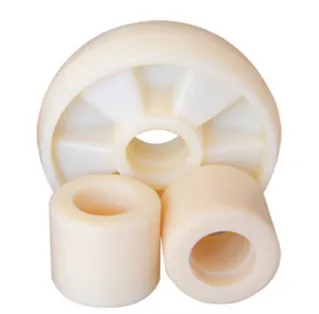


Finding the Best Pallet Jack for Your Business Needs
In today’s fast-paced logistics and warehousing environment, efficiency is key. One of the fundamental tools that help achieve this efficiency is the pallet jack. Whether you are a small retailer, a large warehouse manager, or involved in the manufacturing sector, selecting the best pallet jack for your operation can significantly impact productivity. This article explores the types of pallet jacks available, their features, and tips for choosing the best one for your needs.
Understanding Pallet Jacks
Pallet jacks, also known as pallet trucks, are essential tools for transporting goods stacked on pallets. They come in various designs, including manual, electric, and heavy-duty models, each catering to different operations and requirements.
1. Manual Pallet Jacks Manual pallet jacks are the most common and cost-effective option. Operated by hand, they are simply designed with two forks that slide under a pallet. Once the forks are in place, the user pumps the handle to lift the pallet off the ground, making it easy to navigate through tight spaces. These are particularly suitable for businesses that have limited budgets or don’t handle a high volume of goods.
2. Electric Pallet Jacks For operations that require frequent lifting and transporting of heavy loads, electric pallet jacks are an ideal solution. Powered by batteries, they can effortlessly lift and move heavy pallets with minimal effort from the operator. This reduces the risk of injury and increases efficiency when compared to manual jacks. Electric models often come with additional features such as ergonomic controls and adjustable forks, enhancing user comfort and versatility.
3. Heavy-Duty Pallet Jacks If your operation involves lifting particularly heavy items (over 5,500 lbs), heavy-duty pallet jacks are essential. These are built with stronger materials and provide better stability, ensuring safe handling of hefty loads. Features such as reinforced forks and upgraded hydraulics make them particularly valuable in industrial settings.
Key Features to Consider

When searching for the best pallet jack, consider the following features
- Weight Capacity Understand the maximum weight the pallet jack can handle and ensure it fits your operational requirements. - Fork Length and Width Depending on the size of your pallets and the spaces you navigate, the fork dimensions can greatly impact usability. Standard forks are usually 48 inches long, but custom sizes are available. - Lift Height Consider how high you need to lift pallets. The standard lift height generally ranges between 3 to 8 inches. - Durability Look for models that are made from high-quality materials that can withstand daily wear and tear. Steel frames, powder-coated finishes, and robust wheels can enhance durability. - Maneuverability Pay attention to wheel types and sizes. Rubber wheels are often preferred for indoor use due to their quiet operation, while nylon or polyurethane wheels are more suitable for outdoor use and tougher environments.
Choosing the Right Pallet Jack
When selecting the best pallet jack for your business, assess your specific needs
1. Volume of Goods Analyze how often you lift and transport pallets. High-frequency operations may benefit from electric models, whereas occasional use may suffice with a manual jack. 2. Space Availability Consider the layout of your warehouse. Tight spaces may necessitate smaller, more maneuverable pallet jacks. 3. Budget Constraints While investing in higher-quality pallet jacks might seem costlier initially, they can save money in the long run through reduced injury risks and improved efficiencies.
Conclusion
In conclusion, the best pallet jack for your business will generally depend on the specific requirements of your operation. By evaluating factors such as weight capacity, durability, maneuverability, and your working environment, you can make a well-informed decision. Remember, investing in the right equipment is a fundamental step toward enhancing productivity and ensuring the safety of your workforce. As your business evolves, reassess your equipment needs to ensure you are always functioning at your best.



